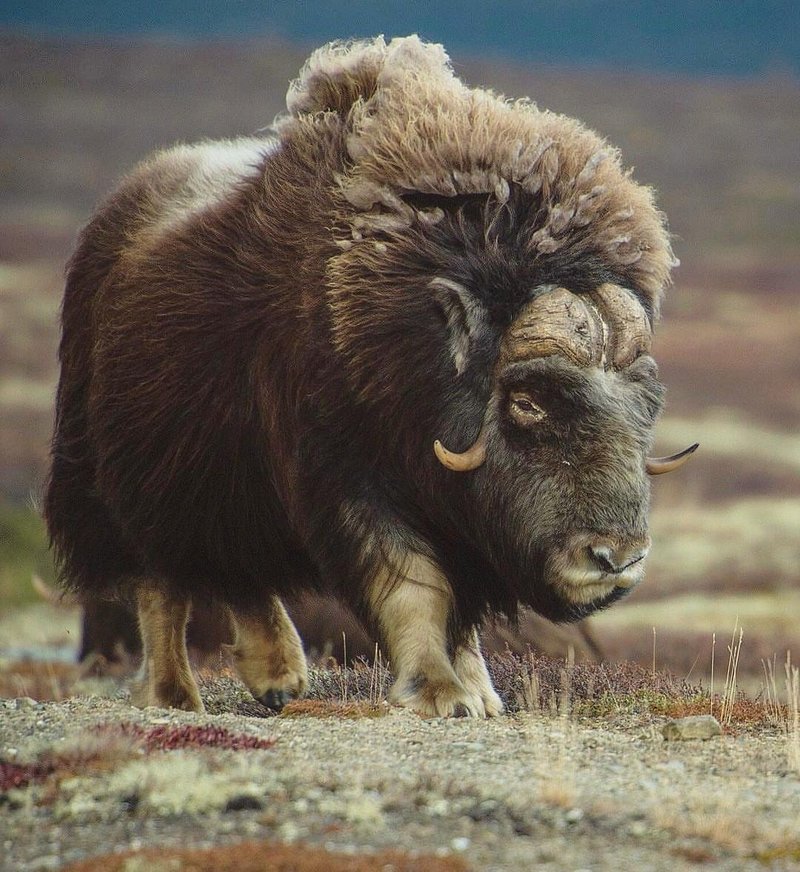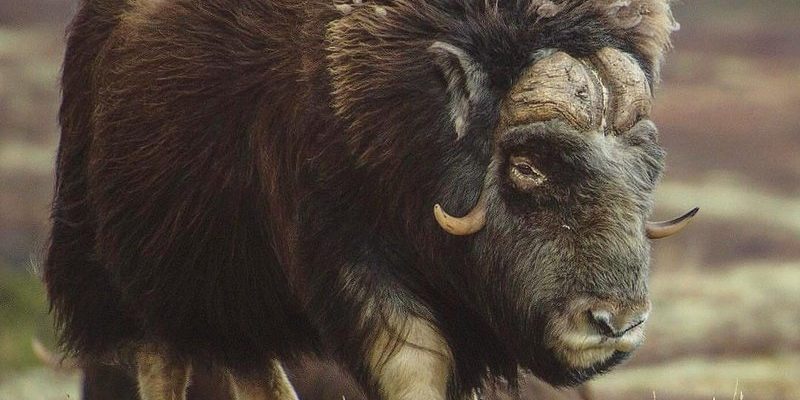
Imagine sipping coffee and chatting about how animals shape our lives. Just like how a furry pup can uplift our spirits, the muskox has inspired stories and symbols that reflect human experiences. From ancient legends to modern artistic representations, the way we see the muskox says a lot about our relationship with nature and each other. So, let’s dive into the rich tapestry of how the muskox is represented in culture and folklore.
Historical Significance of the Muskox
The muskox has been a vital resource for Indigenous peoples in the Arctic for thousands of years. For these communities, the muskox wasn’t merely an animal; it was a source of food, clothing, and even tools. The thick fur of muskoxen, known as qiviut, is softer than cashmere and incredibly warm, making it a prized material. Imagine relying on this resilient creature for warmth during those freezing winters!
In many Indigenous cultures, the muskox also symbolizes endurance and strength. Stories passed down through generations often depict this animal as a guide, embodying the spirit of survival against the odds. Folks would gather around fires, sharing tales of brave hunters and the mighty muskox, teaching younger generations about respect for nature and the importance of sustainable living.
Muskox in Folklore and Myths
Throughout various cultures, the muskox appears in many myths and legends. In Inuit mythology, the muskox is sometimes seen as a protector of the land, representing resilience and adaptability. These stories often illustrate the deep connection between the Inuit people and the natural world, highlighting how each creature plays a role in the ecosystem.
For example, one tale tells of a giant muskox whose shadow stretched across the land, bringing protection to those who honored it. This highlights the reverence that many Indigenous cultures have for animal spirits and their role in the natural order. Such folklore serves to educate and instill respect for these animals, reminding us that everything is interconnected in the circle of life.
Artistic Representations of the Muskox
The muskox has also made its way into various art forms, from traditional Indigenous crafts to contemporary paintings. Artists often capture its majestic appearance, showcasing both its physical beauty and the rugged landscapes it inhabits. These artistic endeavors serve as a bridge between culture and nature, allowing people to appreciate the muskox in a new light.
You might find sculptures carved from bone or ivory that depict the muskox in motion, reminding us of its power and grace. Such pieces are not just decorative; they tell stories of the past, connecting viewers to the cultures that cherished this animal. It’s a beautiful way to honor the muskox and keep its legacy alive through generations.
Muskox in Literature and Popular Culture
In modern literature, the muskox continues to inspire authors and poets alike. Writers often use this animal as a symbol of perseverance, courage, or even emotional resilience. Its ability to thrive in one of the harshest environments on Earth serves as a metaphor for overcoming personal challenges.
Moreover, the muskox appears in children’s literature, teaching younger audiences about the Arctic wildlife and the importance of conservation. By making the muskox relatable and engaging, authors instill a love for nature and encourage kids to protect the environment. These stories play a crucial role in shaping attitudes toward wildlife and our shared responsibility for the planet.
Conservation Efforts and Cultural Impact
As the muskox faces challenges from climate change and habitat loss, various organizations are working to protect this species. Conservation efforts are vital not just for the muskox itself but also for the cultures and traditions that revolve around it. By ensuring the survival of the muskox, we preserve a piece of our shared heritage.
These efforts often involve local communities, who are crucial in raising awareness and promoting sustainable practices. Engaging with the cultural significance of the muskox fosters a sense of pride and responsibility within these communities, reinforcing their connection to the land and its inhabitants. It’s a holistic approach that blends conservation with cultural preservation, highlighting the intertwined nature of both.
The Muskox’s Role in Contemporary Culture
In today’s age, the muskox has become an emblem for discussions on climate change and wildlife conservation. It serves as a powerful reminder of the impact humans have on the environment. Documentaries and social media campaigns spotlight the muskox, urging people to take action to protect not only this magnificent creature but also the delicate ecosystems it represents.
When you see the muskox featured in modern media, it’s often linked to broader issues of environmental stewardship and the importance of protecting our planet for future generations. This cultural representation encourages dialogue about sustainability and how we can coexist with wildlife in a changing world.
The muskox, with its rich history and cultural significance, offers a fascinating window into our relationship with nature. From ancient myths to contemporary art, this resilient animal continues to inspire and educate us. As we navigate the challenges of today’s world, let’s remember the lessons that the muskox teaches us: the importance of strength, endurance, and respect for the environment.
So, next time you hear about the muskox, think about the stories it carries with it. Whether in folklore or modern culture, it reminds us of our shared responsibility to protect the planet and honor the creatures we share it with. Let’s celebrate the muskox, not just as an animal but as a powerful symbol of survival and connection to nature.

